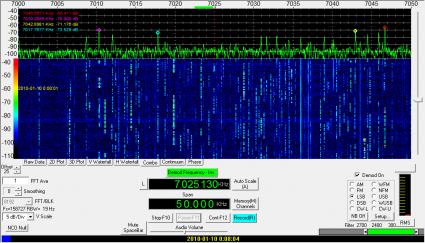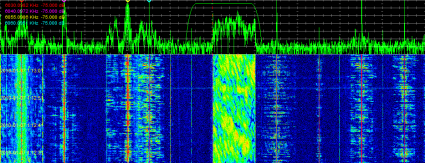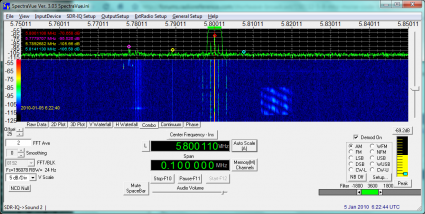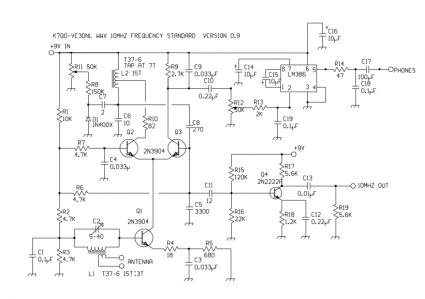Phillip Torrone pointed out a dreadful article on CNN.com today:
Digital piracy hits the e-book industry – CNN.com
A few things that I’d like to directly comment on:
“With the open-source culture on the Internet, the idea of ownership — of artistic ownership — goes away,” Alexie added. “It terrifies me.”
This is dreadfully annoying, because “open-source culture” has nothing whatsoever to do with piracy. Open-source culture is actually based upon the idea that artists should be allowed to choose (for themselves! gasp!) the conditions under which their works are used and shared. Nothing in the open source world does anything to deprive anyone of anything they own: indeed, to be enforceable, it absolutely relies on copyright law. But even more annoying is that someone can be quoted in a CNN story basically equating open source culture with piracy.
“Textbooks are frequently pirated, but so are many other categories,” said Ed McCoyd, director of digital policy at AAP. “We see piracy of professional content, such as medical books and technical guides; we see a lot of general fiction and non-fiction. So it really runs the gamut.”
Textbooks are an interesting case: they are frequently pirated for a couple of reasons. First, they are enormously expensive. Ridiculously expensive. 25 years ago when I was in college, they were expensive, but now, they are ridiculously so. What’s more is that publishers have worked hard to destroy any potential resale value for books on the used market. They do this by deliberately obsoleting books by creating only short runs of a version of a textbook, immediately replacing it with a “new version”. In order to keep all students using the same version of the text (for uniformity), professors are then required to ask that all students use the most recent and available version of the text. This drives down resale prices for the old versions, and creates a single supplier situation for the publisher. Combine this with attempts to “license” medical and legal textbooks to students, and it’s no wonder that students seek a way to reduce the $500-$1000 or more that they’ll spend on books in a semester.
Some publishers may try to minimize theft by delaying releases of e-books for several weeks after physical copies go on sale. Simon & Schuster recently did just that with Stephen King’s novel, “Under the Dome,” although the publisher says the decision was made to prevent cheaper e-versions from cannibalizing hardcover sales.
Guess what? That’s not going to work. Here’s why. Projects like DIYBookScanner already exist, and can be replicated for a few hundred bucks. Using a book scanner, any hardcover book can be converted into digital form in a matter of hours. And as (I think) Mike Godwin said, digital piracy isn’t like trying to keep cows in a corral. All it takes is one smart cow to break the copy protection or scan a book, and then thousands of other cows can follow suit. And quite frankly, there is no possible way to stop it.
Some authors have even gone as far as to shrug off e-book technology altogether. J.K Rowling has thus far refused to make any of her Harry Potter books available digitally because of piracy fears and a desire to see readers experience her books in print.
And yet, as any one with a minute to spend on bittorrent might be able to tell you, it’s not hard to find scans of any Harry Potter book. And yet, Rowling has sold gazillions of dead tree books.
Ultimately, the headline of this article is totally misleading. For all the wailing and gnashing of teeth over piracy, those who buy e-books buy more real books. Those who download music buy more music. For every negative consequence of new technology, there is a positive opportunity. Some people will realize this and benefit from this new technology, creating new markets and products. Others will try to cling to business practices which they are comfortable with, and will fight a losing battle against the new technology by annoying their customers with new annoyances to “protect” their works.




I recall burning three or four weeks of a sabbatical getting Saccade.com on the air with Wordpress. So much tweaking…